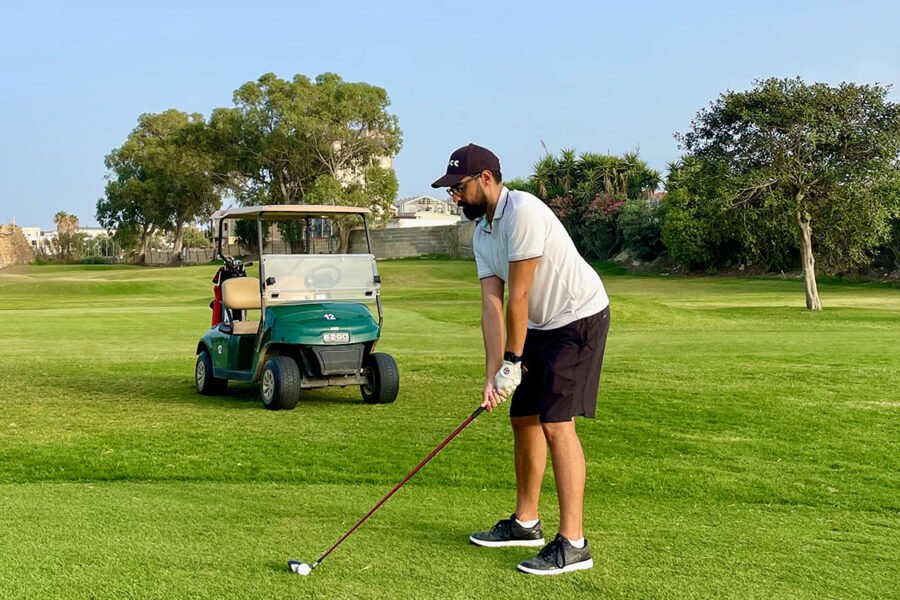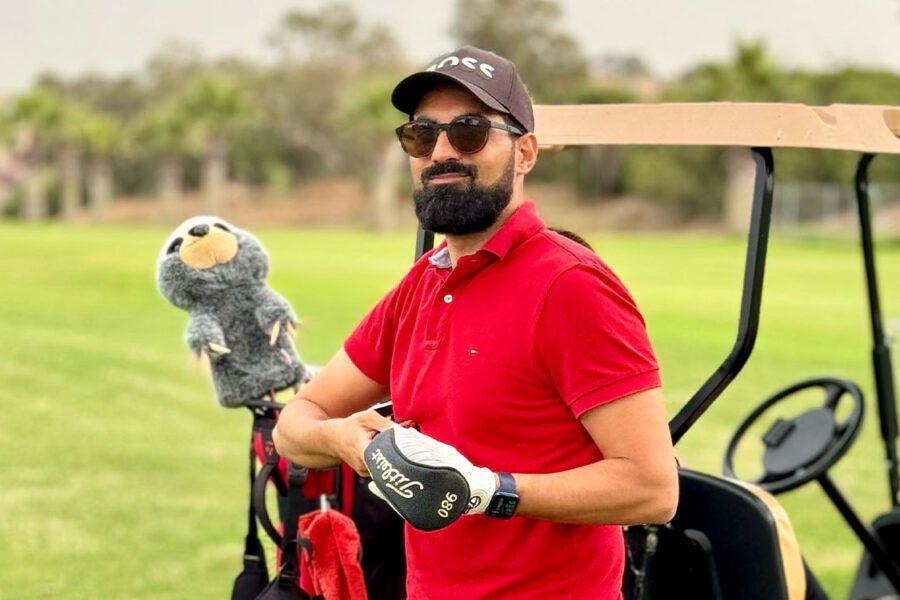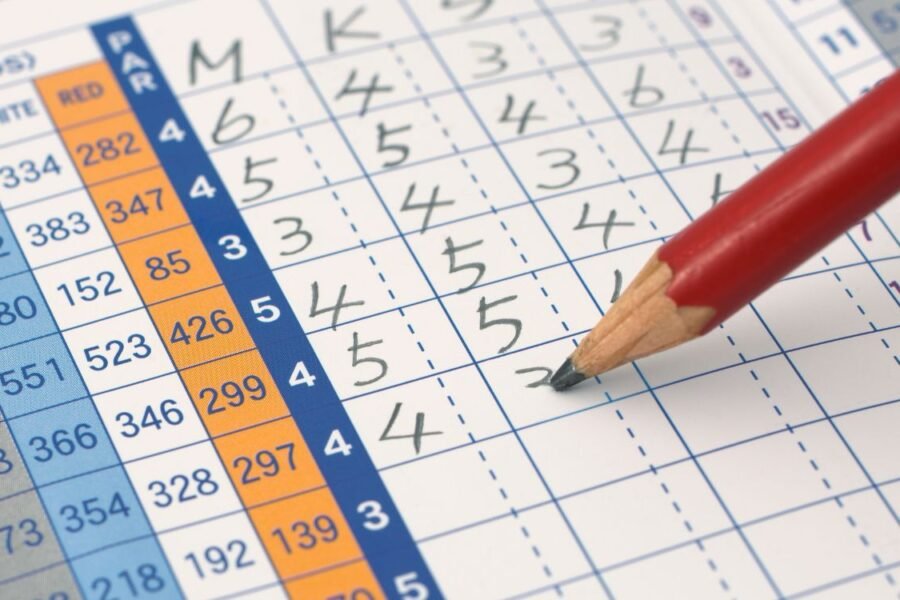As a high-handicap golfer, the promise of a shiny new golf driver is incredibly tempting. The allure of adding extra distance and straightening out my slice was exactly what led me to splurge on a TaylorMade Stealth 2 not too long ago. But let me tell you my story—and why I now firmly believe that golf lessons and working on your swing are a better investment than relying on a new golf driver to transform your game.
My Journey with the TaylorMade SLDR

My first golf driver was a used TaylorMade SLDR, which came with a used set of golf clubs. I was new to golf at the time and figured it would help me take my game to the next level. Honestly, I never got the hang of it. My slice was as consistent as sunrise, and I rarely hit it further than my 3-wood. Still, I held onto it because I thought the problem was me (and let’s face it, golf equipment isn’t cheap).
One sunny afternoon, I decided to introduce my daughter to golf. While showing her how to use the SLDR, she accidentally hit it against the ground, and snap—it was gone. That was the end of my first golf driver, and I was back to playing rounds without one.
Playing Without a Golf Driver
Surprisingly, I didn’t miss the SLDR as much as I thought I would. I wasn’t great with it anyway, and I could manage most holes with my 3-wood. My scores didn’t improve, but they didn’t get any worse either.
Still, every time I walked into a golf shop or scrolled through reviews online, I felt the itch. Could a new, top-of-the-line golf driver fix my slice? Could it finally give me the distance I dreamed of?
The TaylorMade Stealth 2 and the €550 Gamble
When the TaylorMade Stealth 2 hit the market, I was immediately intrigued. Its sleek design and promises of increased forgiveness, “more distance,” “lower spin,” and “straighter shots” were hard to ignore. However, I was hesitant due to its hefty price tag. The process began with a conversation with the golf pro at my club, where we discussed my options. I tested a few different drivers, including a Ping, to get a sense of what worked best for my game. After much deliberation, I decided to pull the trigger and order the TaylorMade Stealth 2, convinced it would be the solution to my game.
But when it finally arrived and I took it to the course, my first round left me disappointed. The slice? Still there. The distance? A slight improvement on good shots, but not the game-changing boost I had imagined. After a few more rounds, it became clear that the Stealth 2 wasn’t the miracle club I had hoped for.
Click here to read how I got into golf.
A new driver might add yards, but a good lesson will save strokes.
Why a New Driver Won’t Fix Your Game
Looking back, I realize I fell for the common trap that many high-handicappers face. We think a new club will solve our issues, but the reality is that our problems lie in our swing mechanics, not our equipment.
Here’s the truth:
1. A driver can’t fix a bad swing. If your fundamentals are off—poor grip, bad alignment, over-the-top swing—no amount of technology will fix it.
2. Consistency is key. It doesn’t matter if your driver can add 10 yards if you only hit the sweet spot once every five drives.
3. Equipment upgrades matter less for high handicaps. Pros and low-handicap golfers can squeeze out every ounce of performance from a driver. For the rest of us, the differences are marginal.
What Actually Helped Me Improve
After my experience with the Stealth 2, I made a decision: no more gear upgrades until I worked on my swing. I booked a few lessons with the local pro, and it made a world of difference.
Here’s what I learned:
• Grip and alignment matter. I was setting up wrong, which made my slice inevitable.
• Swinging within yourself is key. I was trying to crush the ball instead of focusing on a smooth, controlled swing.
• Drills improve consistency. Simple drills to fix my takeaway and path helped me hit straighter and more reliable shots, even with my old 3-wood.
Click here to read about what actually helped me improve immediately and is way less costly than a new golf driver.
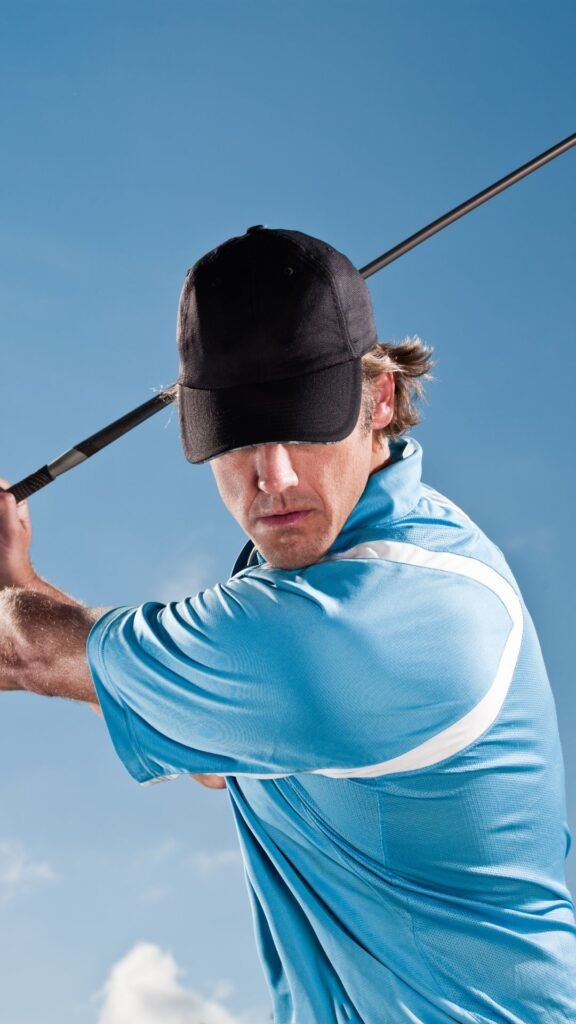
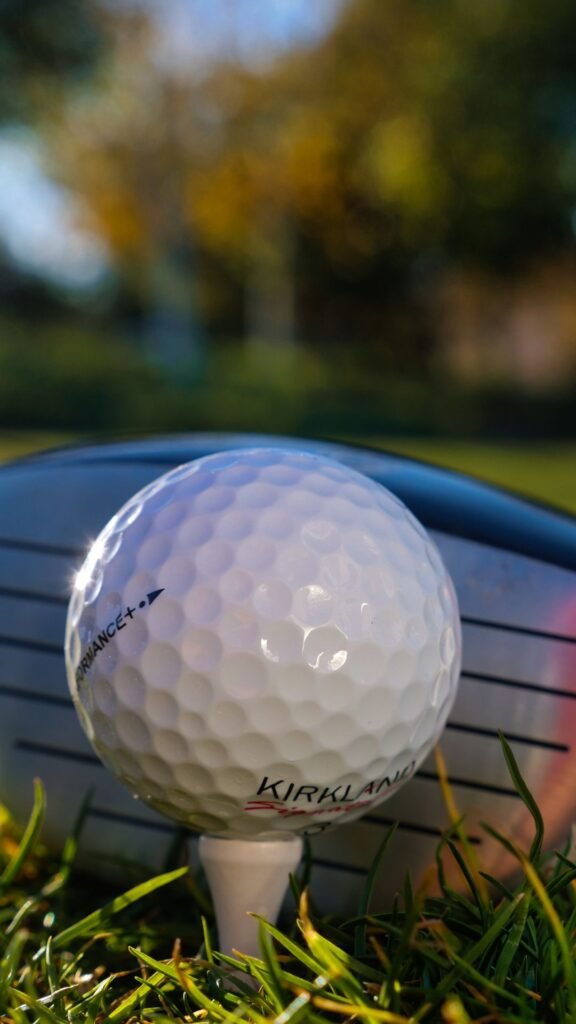
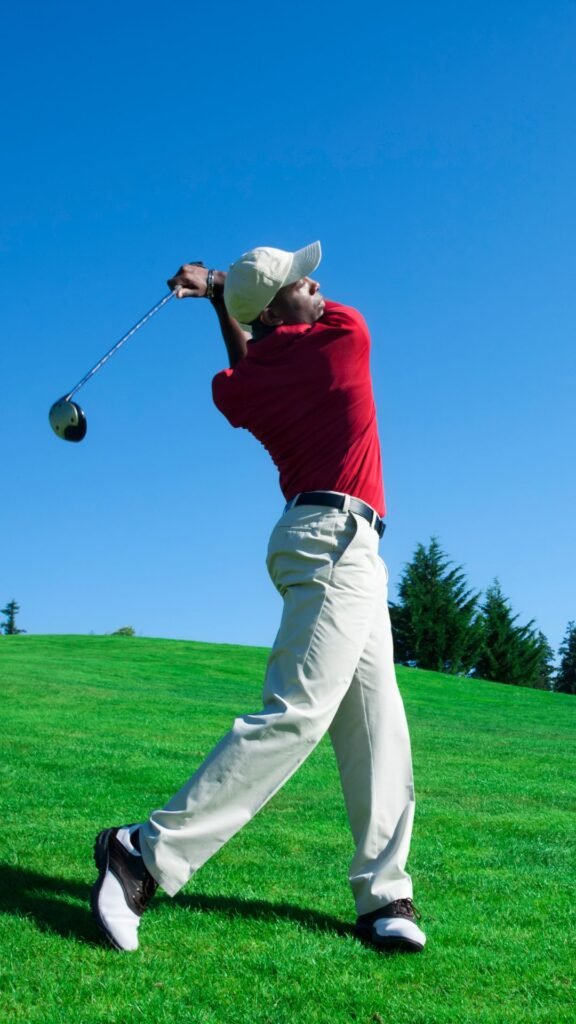
My Advice: Lessons Over Gear
If you’re a high-handicap golfer wondering if a new golf driver will increase your distance or fix your slice, here’s my advice:
1. Invest in lessons first. A few hours with a qualified coach can do more for your game than the most advanced driver on the market.
2. Practice with purpose. Work on your swing mechanics at the range before expecting miracles on the course.
3. Be realistic. A new golf driver might look great in your bag, but it won’t fix underlying issues.
4. Consider buying a good used driver. There are plenty of high-quality, pre-owned clubs that can help improve your game without the hefty price tag. You might find that the right used driver works just as well for you, saving you money while still providing a solid performance.
The Bottom Line
The TaylorMade Stealth 2 is an incredible golf driver, and in the right hands, it can absolutely deliver on its promises. But if you’re like me—a high-handicap golfer trying to break 100—a new driver won’t magically transform your game.
Focus on improving your swing first. Once you’ve built a solid foundation, then consider upgrading your equipment. Trust me, your wallet (and your scorecard) will thank you.
Have you had a similar experience with a new golf driver? Let me know in the comments—I’d love to hear your story.


